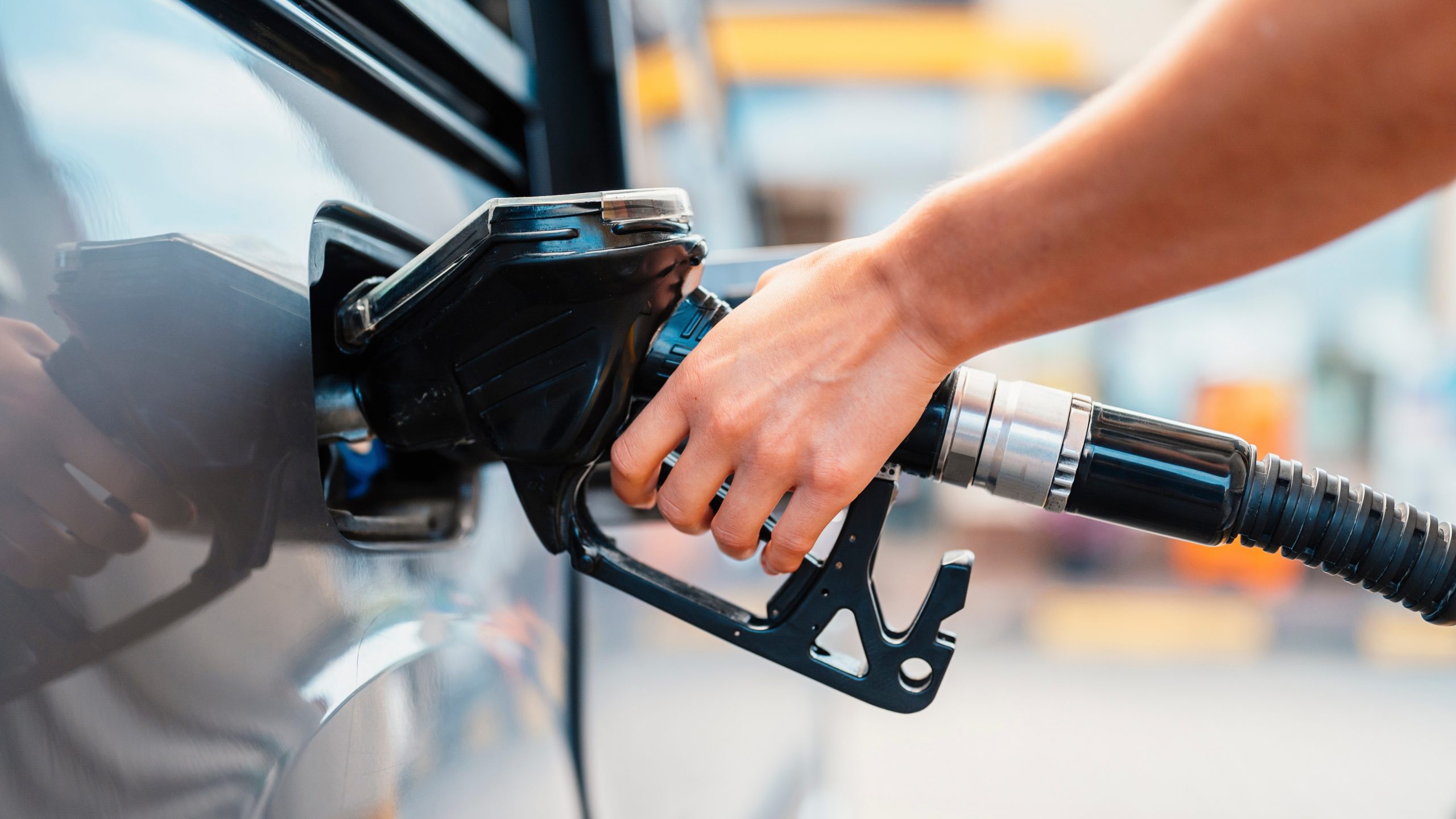
After an all-time high in July of 2022, fuel prices have been seemingly diminishing after a three-month period of reduction from October to the end of January. However, according to RAC Fuel Watch, the average price of fuel has bottomed out and has now started to slowly rise again.
The last time drivers filled up at this price was back in mid-February 2022, before Russia invaded Ukraine.
RAC fuel spokesman Simon Williams said: “Although January saw fuel prices fall for the third month in a row, there is now more cause for concern than celebration as petrol has already begun to creep back up very slightly.
“Monthly reductions of 3p for petrol and 4p for diesel were welcome but sadly the first month of the year saw the wholesale price of petrol rise by 2p and diesel by 3p. Despite this, while unleaded has been overpriced for months due to the biggest retailers refusing to lower their prices in line with the lower wholesale price, diesel is still too expensive even after factoring in the slight wholesale uptick.
“As always drivers’ fate at the pumps very much depends on what happens with the price of oil. But with the barrel now trading consistently well above $80 and analysts predicting a rise to $90 due to increased demand from a re-opened China following the end of its zero-Covid policy, there is a very real risk that we could see petrol prices go back up to an average of 155p all too quickly. Eyes will also be on the Chancellor next month when he delivers his Spring Budget, so we hope he refrains from pouring fuel on the inflationary fire by hiking duty.
“For the time being, however, the big four supermarkets – which dominate UK fuel retailing – are yet to raise their prices in response to the slight rise in wholesale costs which is encouraging for drivers around the country. We urge them to continue to stand firm and only increase pump prices if the wholesale price really forces their hand.
“The three months of significantly lower wholesale prices starting from mid-October have highlighted some interesting regional and local pricing disparities, often due to smaller retailers passing on savings in the wholesale cost of fuel to their customers while their supermarket rivals have been reluctant to do the same. So, in areas where there is little competition from lower-cost retailers, drivers have sadly often seen far higher pump prices.
“Looking around the UK at the end of January we can see forecourt prices were generally cheaper in the North West, North East, Wales and Scotland, while Northern Ireland – for a number of reasons – remains an anomaly being 4p cheaper than the UK average.”
How will rising costs affect your business?
It is important for business drivers to check their vehicles on a regular basis, but for fleet managers, it is ever more essential to monitor your grey fleet closely with evidence of up-to-date servicing and maintenance. As fleet managers aren’t directly responsible for their grey fleet vehicles, faults and lack of maintenance can go under the radar.
IAM RoadSmart is here to help.
We provide on-road training, aimed at improving the safety, confidence and efficiency of all business drivers. For fleet managers, we offer an online risk management and e-learning platform. These services allow you to audit and collate the most important fleet documentation and use it to inform your driver training and policies.



